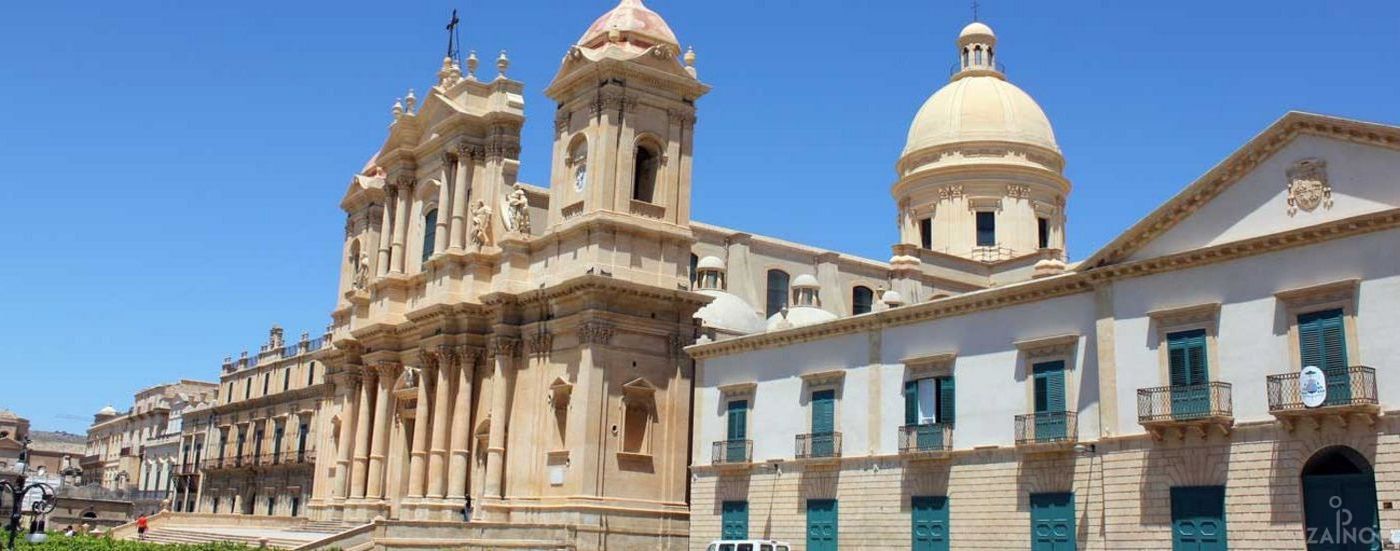Sicily from the modern era to the 20th Century
Natural disasters and changing rulers
Towards the end of the Spanish rule, two natural disasters hit the island. Due to an eruption of Mount Etna, Catania was completely destroyed and a few years later a huge earthquake levelled many towns in the southeast of Sicily. Politically, many rulers from the European powers ruled the island after the end of Spanish rule and all failed repeatedly in the face of the social and societal tensions. Finally, in 1860 the Italian national hero Giuseppe Garibaldi landed at Marsala and liberated Sicily.
Natural disasters and the end of Spanish rule
At the end of the 17th Century eastern Sicily suffered two natural disasters. In 1669 Mount Etna erupted, burying much of Catania under lava. 14 years later, in 1683, an earthquake hit the south-east of Sicily and destroyed dozens of towns where well over 100,000 people lost their lives. The suffering of the population got worse because of these disasters. Politics, as well, was characterised by a great rivalry and the Sicilian nobility constantly undermined the authority of the Spanish viceroy. The War of the Spanish Succession in 1713 finally brought the end of Spanish rule in Sicily and the island came under the House of Savoy.
Sicily as a plaything of European royal families
The 18th and beginning of the 19th Century brought many rapid changes in sovereignty over Sicily. The House of Savoy-Piedmont was followed by the Hapsburgs in 1720 and the Spanish Bourbon under Charles III of Naples in 1734. He and his successor Ferdinand IV both failed in their efforts to improve the social and economic plight of the population. After a brief interlude with Napoleon, Ferdinand united Naples and Sicily with the Kingdom of the Two Sicilies. The ever-increasing social tensions in Sicily ultimately resulted in a popular uprising in 1820 and the Revolution of 1848.
Liberation of Sicily by Garibaldi and further development
Finally in 1860 the Italian national hero Giuseppe Garibaldi landed with his "band of a Thousand" at Marsala and ended the reign of the Bourbons. In the same year Sicily was annexed by the newly formed Kingdom of Italy. The young Italian nation-state wasn’t able to solve the social problems of Sicily and hundreds of thousands of Sicilians therefore immigrated to America. Only after the Second World War did Italian state manage to deal with the suffering of the population by modernising industry and agriculture – unfortunately the deep-rooted mafia system was not eliminated. Under pressure from the Sicilian population, Sicily was granted autonomous status within Italy in 1946 and experienced an economic upswing from the 1970s on. The economic power of the mafia, however, couldn’t be broken and therefore it still holds the island in a firm grip.


Tweet